Propel provides innovative insurance solutions to thousands of companies across the country. We make it our business to know your world inside and out.
Catastrophic Storms, Disaster Preparedness, Insights
Hurricane Insights from the Propel Claims Department
As hurricane season approaches, it’s essential for businesses to be proactive in preparing for potential storms. From the perspective of our claims department, here are vital steps and tips to ensure your business is ready to face any hurricanes that may come your way.
How to Prepare for a Catastrophic Event
- Review Your Commercial Insurance Policy
Understanding your commercial insurance coverage is the first step in hurricane preparedness. Ensure your policy is up-to-date and adequately covers potential damages caused by hurricanes. Pay special attention to the following:
- Windstorm Coverage: Typically included in commercial property insurance, this coverage protects against damage from high winds, which are common during hurricanes. Review your policy to understand the specifics, including any deductibles and exclusions.
- Flood Coverage: Standard commercial property insurance often doesn’t cover flood damage, which can result from storm surges and heavy rains associated with hurricanes. Consider purchasing a separate flood insurance policy through the National Flood Insurance Program (NFIP) or a private insurer.
2. Document Your Property and Assets
A detailed inventory of your business property and assets can significantly speed up the claims process if you need to file one. Here’s how to do it:
- Take Photos and Videos: Document the exterior and interior of your business premises, focusing on valuable equipment, inventory, and structural features.
- Maintain Records: Keep receipts, appraisals, and any other documentation that can substantiate the value of your business assets.
3. Prepare an Emergency Kit and Plan
Being prepared means having essential supplies and a clear plan ready in case you need to evacuate or are cut off from basic services. Your emergency kit should include:
- Basic Necessities: Water, non-perishable food, a first-aid kit, medications, and personal hygiene items for staff.
- Important Documents: Insurance policies, identification, financial records, and contact information for your insurance agent and key employees.
- Tools and Supplies: Flashlights, batteries, a multi-tool, and any necessary equipment to secure your business premises.
4. Secure Your Property
Minimizing potential damage can make a significant difference. Here are some steps to consider:
- Reinforce Windows and Doors: Use storm shutters or plywood to protect windows and doors.
- Secure Outdoor Items: Bring in or secure outdoor furniture, signs, and any other items that could become projectiles in strong winds.
- Back Up Data: Ensure that all important business data is backed up and stored in a secure, off-site location.
5. Plan for Business Continuity
Have a clear business continuity plan that all key employees are familiar with. Know your local evacuation routes and shelters, and have a plan for communicating with employees if you get separated.
- Identify Essential Functions: Determine which business functions are critical and ensure you have plans to maintain them.
- Alternate Locations: Have a plan for operating your business from an alternate location if necessary.
6. Stay Informed
Keep abreast of weather updates and follow the instructions of local authorities. Reliable information sources include:
- National Hurricane Center (NHC): Offers updates on hurricane tracks and intensity.
- Local News: Provides information on local conditions and evacuation orders.
- Emergency Alerts: Sign up for alerts from your local government to receive timely updates.
After the Storm
Once the hurricane has passed, safety is your top priority. Here’s what to do next:
- Inspect Your Property: Carefully check your business premises for damage and document everything with photos and notes.
- Contact Your Insurance Company: Report any damage as soon as possible to initiate the claims process.
- Avoid Additional Damage: Make temporary repairs to prevent further damage, but save receipts for any materials or services used.
By taking these steps, you can better protect your business and ensure a smoother claims process if you need to file one. Our team is here to support you, so don’t hesitate to reach out with any questions or concerns about your coverage.
To view a print-ready version of this article, click here.


